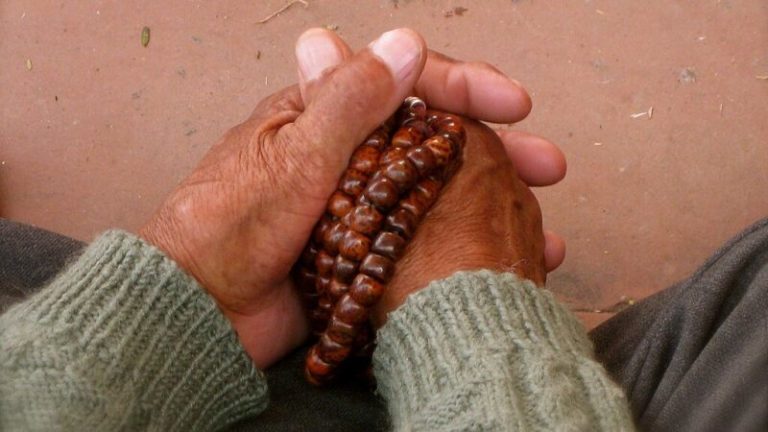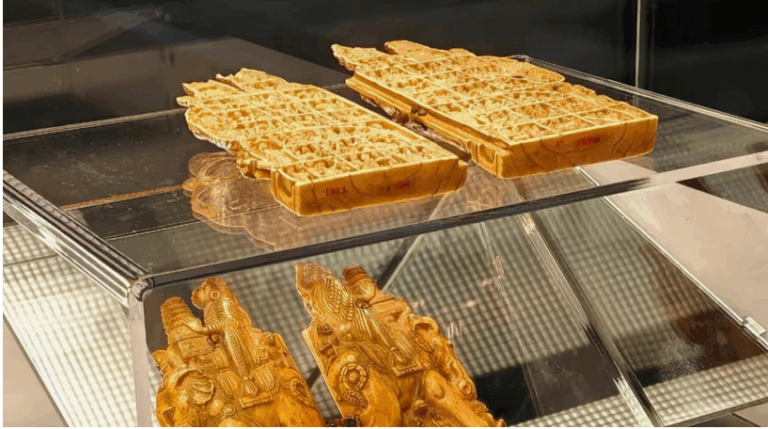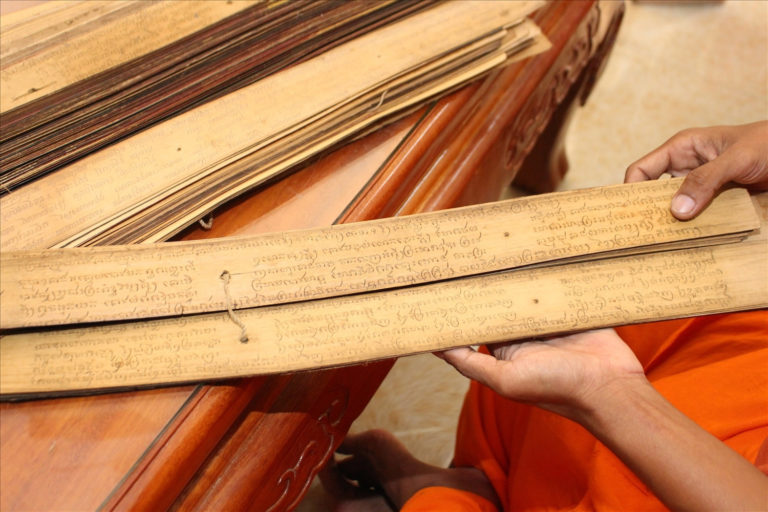The Mogao Caves in Dunhuang, Gansu province, are renowned for their rich Buddhist heritage and impressive architecture. Among the site’s wonders, the Giant Buddha, a colossal 35.5-meter-high statue, stands out. This monumental work, carved from sandstone, is a silent testament to the ambition and power of Wu Zetian, the only female monarch to rule China.
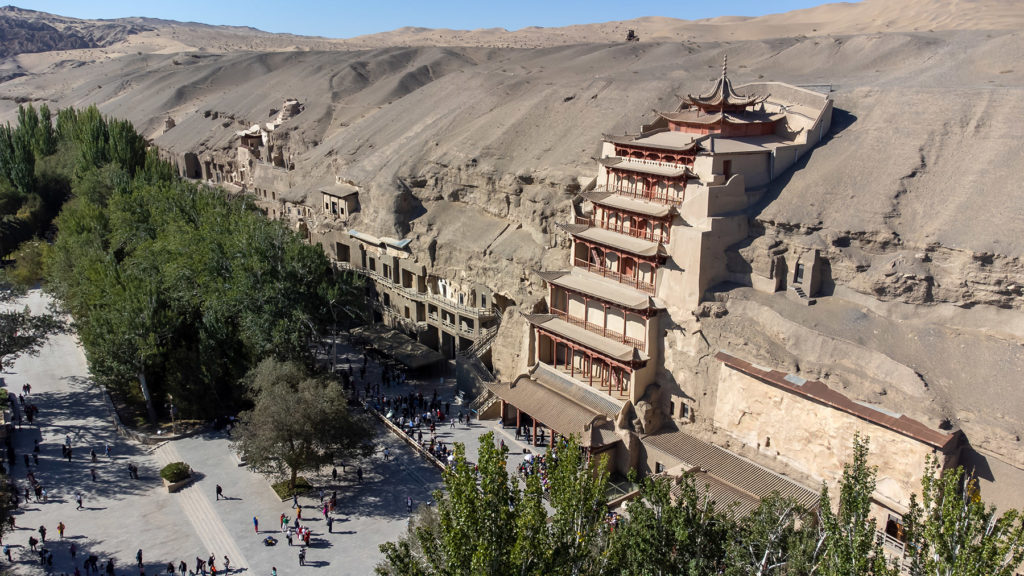
In 690, after wielding power behind the scenes for seven years, Wu Zetian boldly seized the throne, deposing her own son. To legitimize her rule, her supporters portrayed her as the living embodiment of Maitreya Buddha, the future Buddha. The construction of the Giant Buddha began in 695, symbolizing Wu Zetian’s power and devotion. Today, this statue is the tallest in Dunhuang and the third-tallest stucco sitting Buddha in China.
The Mogao Caves, which began construction in the mid-fourth century, saw a significant boom during the Tang Dynasty (618-907), a period of cultural brilliance and military strength. Dunhuang, a vital oasis along the ancient Silk Road, thrived as a cosmopolitan hub where merchants, pilgrims, and envoys converged. Of the 735 existing caves, 236 date back to the Tang Dynasty, often commissioned by individuals involved in Silk Road trade seeking divine protection for their perilous journeys.
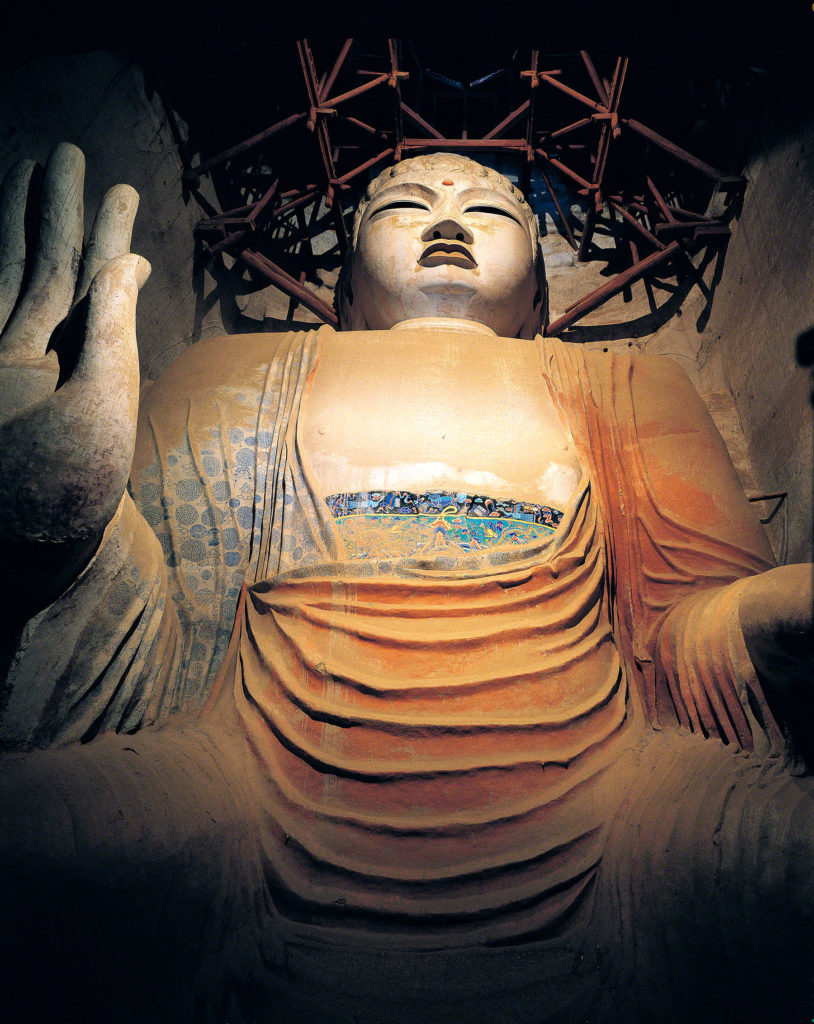
Artists and craftsmen of the era, trained in workshops in the Tang capital of Chang’an (modern-day Xi’an), transformed the caves into a vivid, enduring testament to the splendor of the Tang Dynasty. The mural frescoes, depicting scenes of paradise and daily life in Chang’an, are of inestimable historical value. For instance, the fresco in Cave 172 portrays a festive scene, possibly the Lantern Festival in Chang’an, with architectural details and exotic musical instruments.
One of the most remarkable frescoes is the Wutai Mountain Map in Cave 61. Painted around the mid-10th century, it presents an aerial view of the sacred mountain and its surroundings, with 196 named locations, including the Foguang Temple. This fresco enabled Liang Sicheng and Lin Huiyin, pioneers of modern Chinese architecture, to discover intact Tang Dynasty wooden structures.
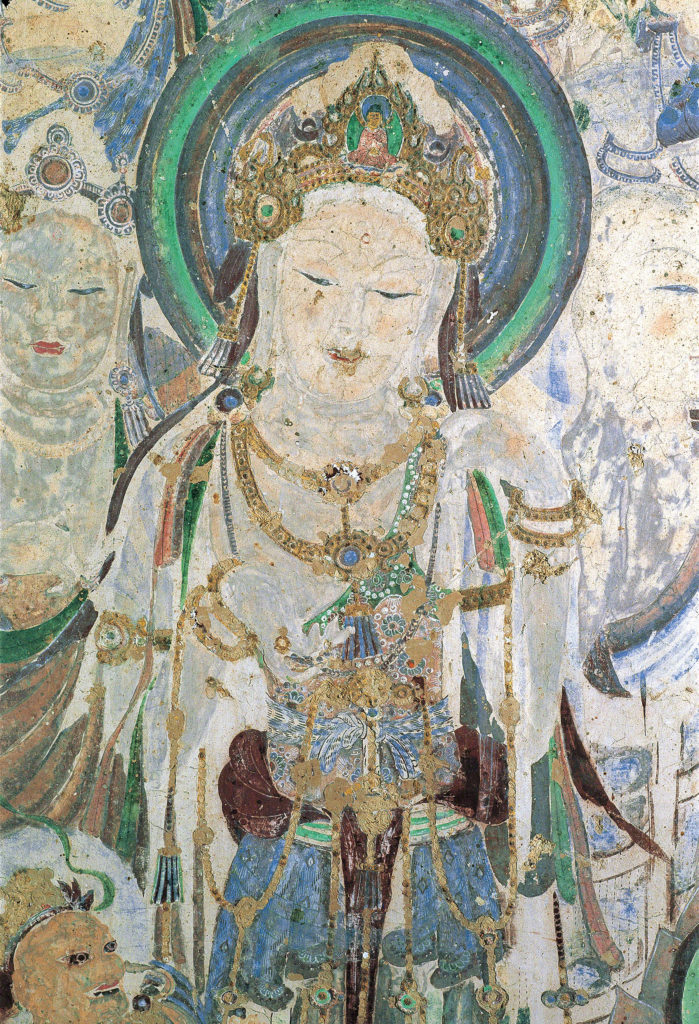
The Mogao Caves are also famous for their depictions of Bodhisattvas, often feminized and adorned with golden jewelry, symbolizing compassion and ideal beauty during the Tang Dynasty. Wu Zetian herself aligned with the image of Maitreya, offering hope and protection to her subjects.
Today, the Mogao Caves continue to attract visitors worldwide, captivated by their rich history and exquisite art. Restoration efforts, led by experts like Fan Jinshi, former director of the Dunhuang Academy, aim to preserve this heritage for future generations. The feet of the Giant Buddha, which remain original to the Tang era, symbolize the perseverance and devotion of the artisans who worked for 12 years to bring this sublime vision to life.

